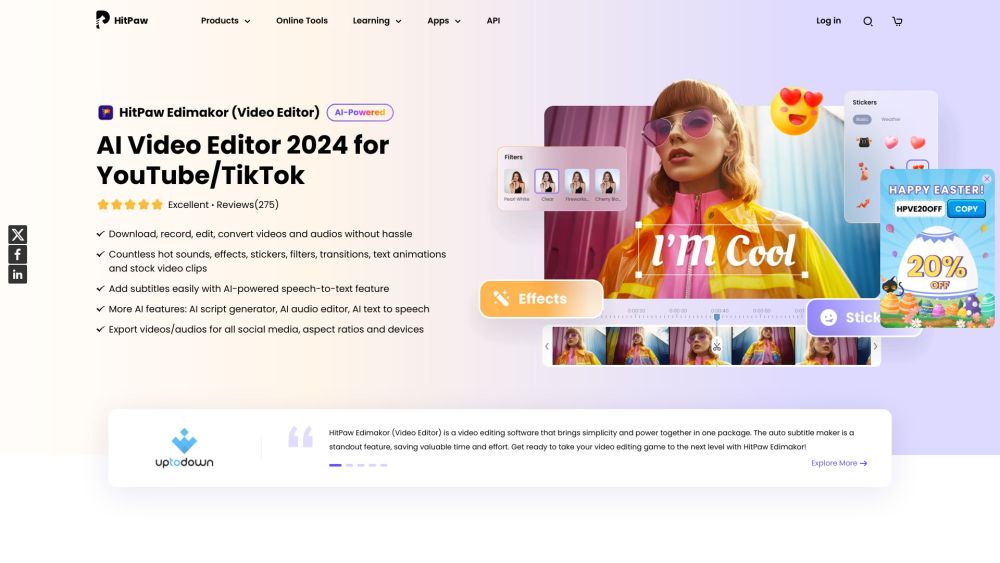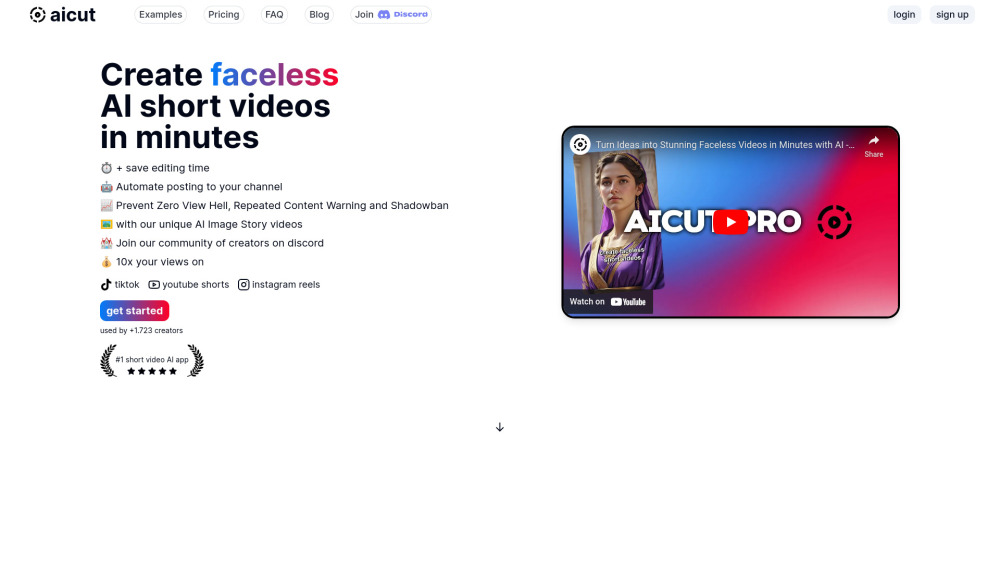OpenAI Unveils ChatGPT Canvas, Competing with Claude Artifacts
Most people like

Welcome to the Inclusive AI Chatbot Community, where we unite innovators, developers, and enthusiasts dedicated to creating accessible and user-friendly AI chatbots. Our mission is to foster collaboration, share insights, and promote best practices that ensure technology serves everyone, regardless of background or ability. Join us as we explore the future of AI chatbots, emphasizing inclusivity and building a more equitable digital world for all.

Introducing an AI video editor equipped with cutting-edge features designed to elevate your video production experience. This innovative tool harnesses the power of artificial intelligence to streamline the editing process, enabling you to create stunning videos effortlessly. Whether you're a content creator, a marketer, or a filmmaker, our advanced video editor simplifies complex tasks and enhances your editing capabilities, allowing you to focus on telling your story. Discover the future of video editing and transform your creative vision into reality.

Discover Sloyd, an intuitive 3D modeling tool designed to simplify the creation of high-quality, optimized assets. With its customizable generators, Sloyd empowers creators to easily craft unique models tailored to their specific needs. Perfect for game developers, designers, and artists, Sloyd makes 3D modeling accessible and efficient.

Are you ready to enhance your content creation process? Our innovative AI tool empowers users to effortlessly produce engaging faceless short videos. Whether you're a marketer, educator, or social media enthusiast, this user-friendly platform simplifies the video-making experience. Dive into a world of limitless storytelling and boost your online presence today!
Find AI tools in YBX

